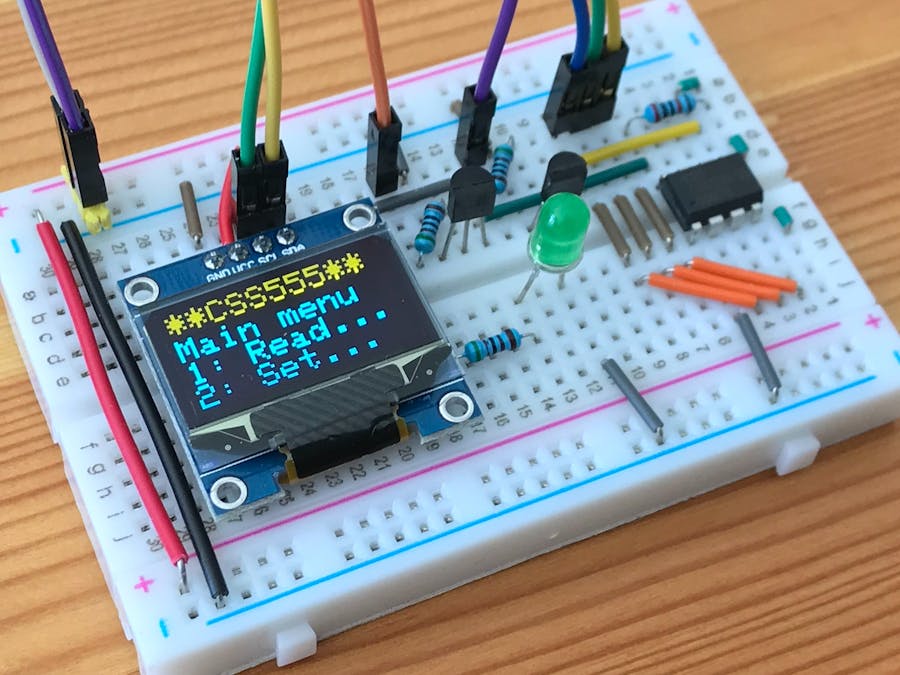

It can read standard 28-pin ROMs, and read or write 28-pin EEPROMs. There is a huge community and a lot of content about Arduino, so it is easy to understand everything. This is a simple EEPROM programmer and reader that can be assembled using an Arduino and a few additional parts.

As described earlier, Flash memory (PROGMEM) has a lower lifetime than EEPROM. Here is the hookup: After you get it hooked up, connect the Arduino to your computer running the Arduino IDE. You may even use this setup to write some byte manually - your actions would be slow enough to issue a write with sufficient delay.This repo contains a standalone program called HardwareVerify that allows low-level access to the address, data, and control lines through a menu-driven interface. WE = VCC and /OE = /CE = GND and you can select manually all memory locations you have previously written. You may even use a breadboard, a couple of LEDs (with current limiting resistors) attached to the data pins, and wires to GND/VCC for the addresses. Then using a different hardware to read the contents should help.
ARDUINO EEPROM PROGRAMMER VERIFICATION
If you have an other possibility to read the EEPROM you could modify the programming software to act the following way:ī) write desired date - write pulse slow (> 5 µs) - NO VERIFICATION If the EEPROM was a new (unused) device, it is not protected. If you have access to an (E)EPROM with known contents you could verify whether address and/or data busses are shuffled or not. As you use the same wiring for wirtes and reads you cannot detect that.

There may be still some shuffled addresses and the data bus may shuffled too. Well, the test using a RAM only shows that /WE and /OE are wired correctly. If you have checked either way we have hopefully more information to continue. There may HW and SW issues that prevents a success. These tests are my first attempt to check what works. If you then read out that "fake EEPROM" you should get allways the same value, but again it is not $FF. If you haven't such a RAM you could try the following: place say 3 low ohm resistors (100.330 ohms) from 3 different datalines of the EEPROM socket to ground - out of memory I think p14 is GND, p12, p16, p18 (of that 28 pin packege) are data lines. This could be a proof that your hardware and at least the fraction of the software that reads the contents out is truly working. Why? Because turning on the RAM will cause its content to be random, and so you have data that is different from what you get out of an erased EEPROM - which is $FF, but sadly you will get $FF even if there is no EEPROM at all 62256) - perhaps you verify this and if you have one, you can experiment with the RAM. As far as I remember, the pinning of an AT28C256 is identical to a RAM (e.g. You say reading and erasing works but programming causes the SW to hang. Nevertheless you started here, let's see if we can help you. Posting your question here is OK but not the optimal choice, as there is a chance that such an addendum is overlooked. Does anybody knows what can I test? This is currently the only eeprom i have. I am using SimpleJBurn as GUI, this the issue I am facing: If I clear or read the eeprom everything seems to run fine, but when I try to write data SimpleJBurn seems to hang. This is the first parallel eeprom I built. I just built up an eprommer following shematic. Sorry beforehand if I am posting onto the wrong thread, please let me know.


 0 kommentar(er)
0 kommentar(er)
